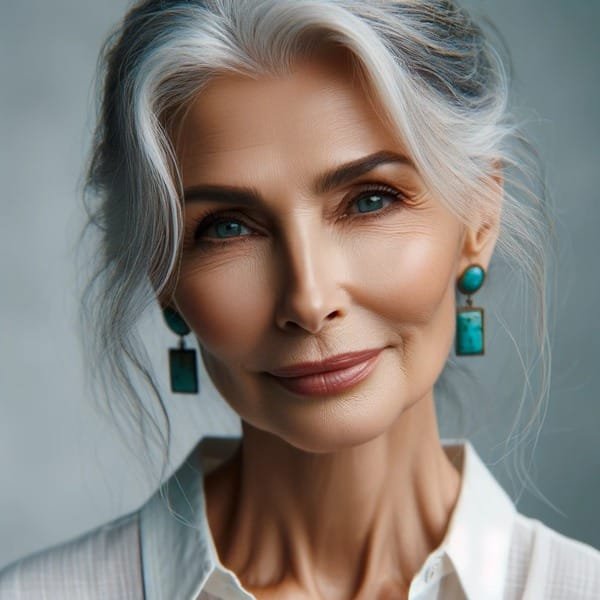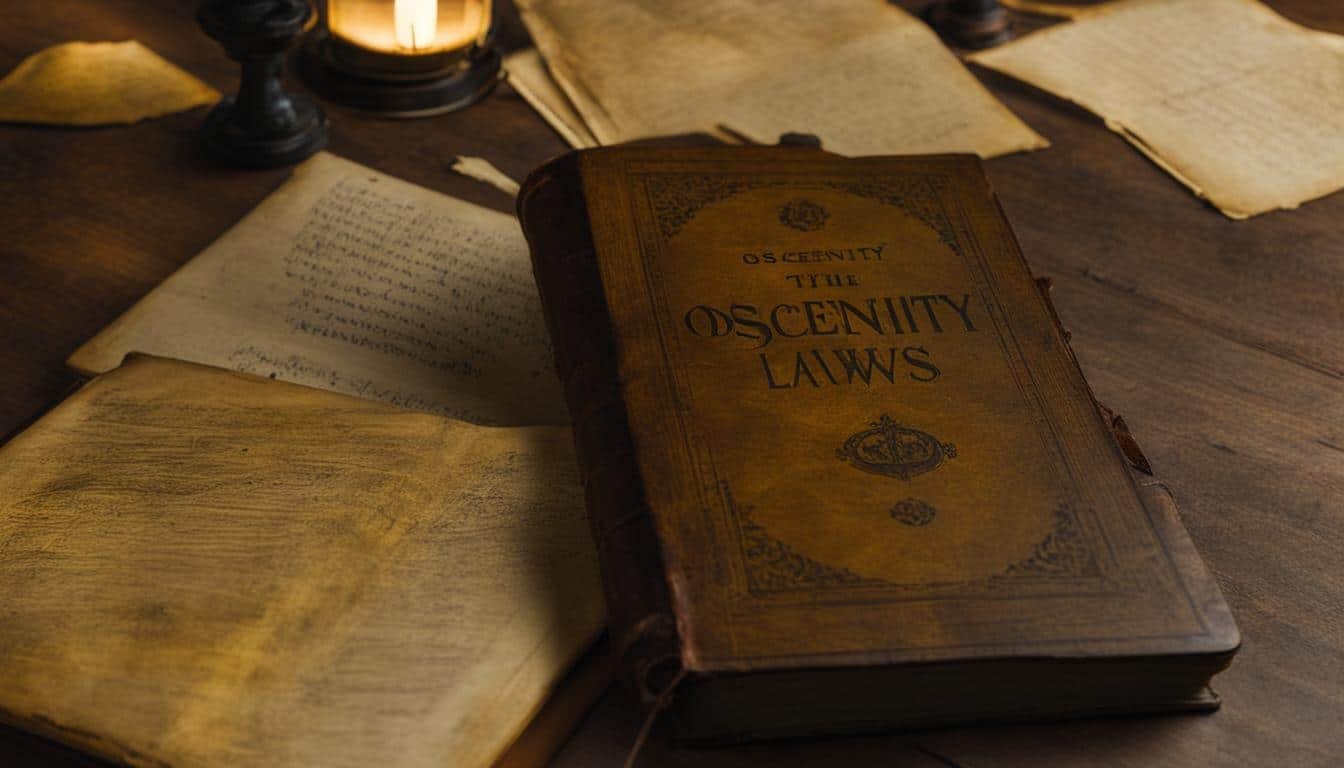The First Amendment of the US Constitution protects American people from government censorship, ensuring the freedom of speech and press. However, these protections are not absolute and have been tested in various Supreme Court cases that examine the boundaries of protected speech.
One landmark case that highlighted the importance of press freedoms was New York Times v. United States in 1971. The Supreme Court ruled that prior restraint on the publication of the “Pentagon Papers” was unconstitutional. This case emphasizes the significance of maintaining a free and uncensored media.
Censorship can occur when individuals or groups attempt to restrict the expression of ideas through different mediums, such as spoken words, printed matter, and symbolic messages. While the First Amendment guarantees freedom of speech and press, there are limitations and tests to define what constitutes protected and unprotected speech. It is crucial to note that private actors, such as corporations, can engage in forms of censorship, but it does not implicate the First Amendment as no government action is involved.
Key Takeaways:
- Media censorship laws in the US are guided by the First Amendment, which guarantees freedom of speech and press.
- The Supreme Court has played a vital role in defining and interpreting the boundaries of protected speech.
- Censorship can occur through various mediums, and private actors can engage in censorship without implicating the First Amendment.
- Press freedoms have been upheld in landmark Supreme Court cases, such as New York Times v. United States in 1971.
- The balance between protecting freedom of speech and regulating harmful or misleading content remains an ongoing debate.
The Impact of Censorship on Books, Music, and Art
Throughout history, various groups have attempted to ban or censor books, including religious texts, classic literature, and works of children’s authors. The First Amendment protects the freedom of expression in literature, and the Supreme Court has set guidelines for determining when defamatory words may be censored. When it comes to music, rap and hard-core rock-n-roll have faced more censorship than other genres. However, it is important to distinguish between governmental censorship and private censorship in this context. In the realm of art, censorship has been a topic of controversy, with debates over what is considered obscene or offensive. The First Amendment’s protection of artistic expression has been widely interpreted to include various forms of art, from paintings and sculptures to music videos and comic books.
“Censorship reflects a society’s lack of confidence in itself.” – Potter Stewart
These forms of artistic expression often push the boundaries of societal norms, and censorship attempts to regulate and control the dissemination of such content. The banning or restriction of books, music, and art raises questions about the balance between protecting the public from offensive or harmful material and respecting the fundamental right to freedom of speech and artistic expression. While censorship may aim to uphold certain moral or social values, it can also stifle creativity and limit societal progress. It is essential to maintain a delicate balance that allows for diverse artistic expression while safeguarding against harm and offense.
The Impact of Censorship on Books
In the world of literature, banned books have often become the subject of controversy and debate. From classics like “To Kill a Mockingbird” and “The Catcher in the Rye” to modern works like “Harry Potter,” numerous books have faced attempts at censorship. Such efforts often stem from concerns about explicit language, sexual content, religious or political themes, or ideas that challenge existing societal norms. Banning books limits access to different perspectives and ideas, and interferes with individuals’ freedom to explore and form their own opinions.
The Impact of Censorship on Music
Music has also faced its fair share of censorship throughout history. Genres like rap and rock-n-roll have been particularly targeted due to explicit lyrics or controversial themes. Censorship in music can limit the freedom of artists to express themselves authentically and address societal issues. It can also restrict listeners’ access to diverse musical experiences and limit the exploration of different perspectives and emotions.
The Impact of Censorship on Art
Artistic expression has always been a platform for challenging societal norms and pushing boundaries. However, art too has been subjected to censorship. Artists often face scrutiny and censorship attempts based on their chosen subject matter, style, or interpretation. This not only limits their creative freedom but also hinders the ability of society to engage in meaningful dialogue and confront uncomfortable truths. Art should be allowed to provoke, challenge, and inspire, even if it may occasionally stir controversy or discomfort.
| Medium | Examples |
|---|---|
| Books | “To Kill a Mockingbird,” “The Catcher in the Rye,” “Harry Potter” |
| Music | Rap, rock-n-roll |
| Art | Paintings, sculptures, music videos, comic books |
Free Speech in the Digital Age
The internet has revolutionized the way we communicate and access information, but it has also raised concerns about censorship and online freedom of speech. As social media platforms have become major sources of news and public discourse, questions have emerged about the extent to which these platforms should regulate or restrict speech. While the First Amendment protects individuals from government restrictions on speech, it does not prevent private entities from implementing their own moderation policies.
Online censorship has become a contentious issue, with critics arguing that it can stifle diverse viewpoints and limit freedom of expression. Social media platforms have faced criticism for removing or flagging certain content, leading to debates about the balance between protecting free speech and combating harmful or misleading information. Some argue that these platforms have a responsibility to ensure the accuracy and safety of their platforms, while others fear that this can result in censorship and the suppression of unpopular opinions.
However, it is important to note that not all forms of online content moderation are considered censorship. Platforms have the right to establish guidelines and community standards to foster a safe and inclusive online environment. The challenge lies in striking the right balance between protecting individuals’ rights to express their opinions and preventing the spread of harmful or false information.
The Role of Internet Censorship
Internet censorship can take different forms, including government restrictions, platform rules, and algorithms that determine the visibility of certain content. While some argue that the regulation of online speech is necessary to prevent harassment, hate speech, and misinformation, others express concern that these measures can be used to suppress dissenting voices and manipulate public opinion.
| Pros of Internet Censorship | Cons of Internet Censorship |
|---|---|
|
|
As the debate on internet censorship continues, finding a balance between protecting freedom of speech and ensuring the safety and well-being of users remains a complex challenge. Ongoing discussions and debates are necessary to navigate the evolving landscape of digital media and online communication.
Balancing Media Censorship Laws and Freedom of Speech
When it comes to media censorship laws and freedom of speech, finding a delicate balance is no easy task. The First Amendment of the US Constitution provides certain protections, but there are also limitations and exceptions that need to be considered. Obscenity, defamation, and incitement to violence are among the boundaries that have been defined by the Supreme Court.
It is important to understand that private actors can also engage in forms of censorship, but this does not fall under the purview of the First Amendment. However, as digital media and online platforms continue to rise, new challenges have emerged in the realm of censorship and free speech. The ongoing debates surrounding media regulation highlight the need for a careful examination of the limits and responsibilities associated with it.
The First Amendment protections play a crucial role in safeguarding individual rights while ensuring a well-functioning society. As technology continues to evolve, the question of where to draw the line between protecting free speech and combatting harmful or misleading content remains a topic of ongoing discussion. Striking the right balance between media regulation and freedom of speech is essential for fostering a society that values both individual expression and the public good.
Source Links
- https://firstamendment.mtsu.edu/article/censorship/
- https://www.ala.org/advocacy/intfreedom/censorship
- https://www.aclu.org/documents/what-censorship







